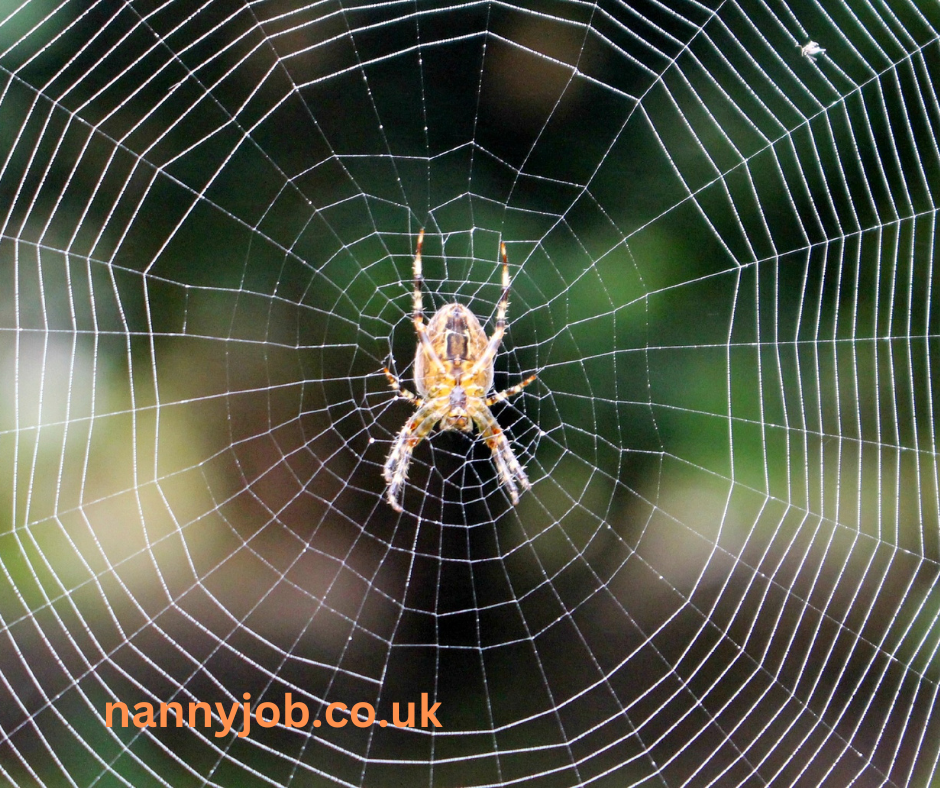Children are natural explorers, driven by curiosity. Why not channel this inquisitive energy into fun, safe, and educational experiments right at home? Here’s a dive into the world of DIY science that you can do with your kids.
1. Density Tower: Using household liquids like honey, dish soap, water, and oil, create layers in a glass to demonstrate the differences in their densities. Kids will marvel at how the liquids don’t mix!
2. Invisible Ink: Remember those secret messages we used to write as kids? Using lemon juice, write a message on paper, let it dry, and then hold it near a light bulb to see the message appear due to the oxidation of lemon juice.
3. Grow Your Crystals: With just salt or sugar, hot water, and a bit of patience, kids can grow their own dazzling crystals. Over days, they’ll observe the transformation of simple ingredients into intricate crystal structures.
4. Dancing Raisins: Pour soda into a clear glass and add a handful of raisins. Watch the carbon dioxide bubbles lift the raisins up and down, making it seem like they are dancing!
Safety First! While these experiments are designed to be safe, always supervise children and make sure they know not to ingest any of the materials.
Fostering scientific curiosity early on can lay the foundation for a lifelong love of learning. Plus, it’s a great way for families to bond over shared discoveries. So, don your lab coats, transform your kitchen into a lab, and let the experiments begin!

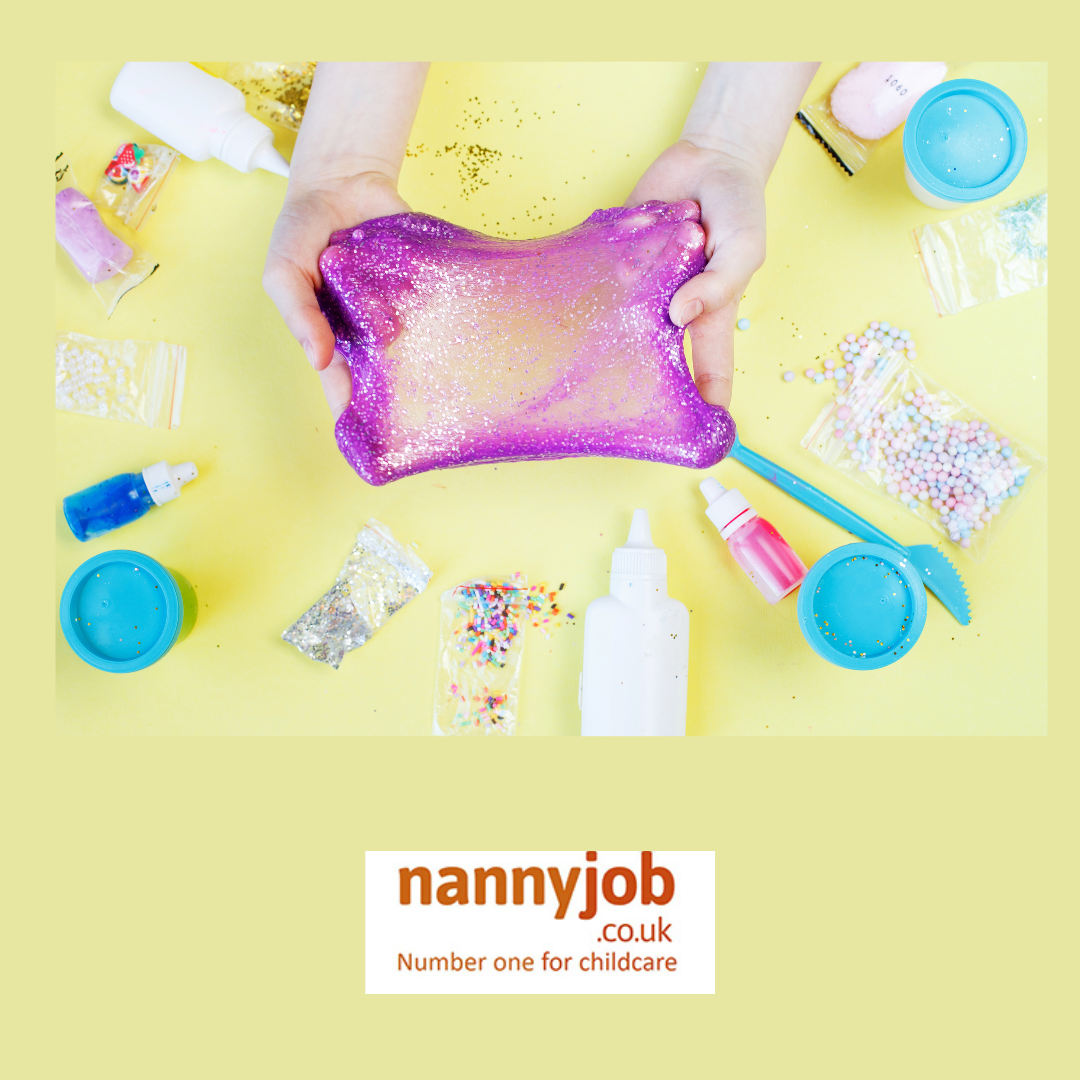
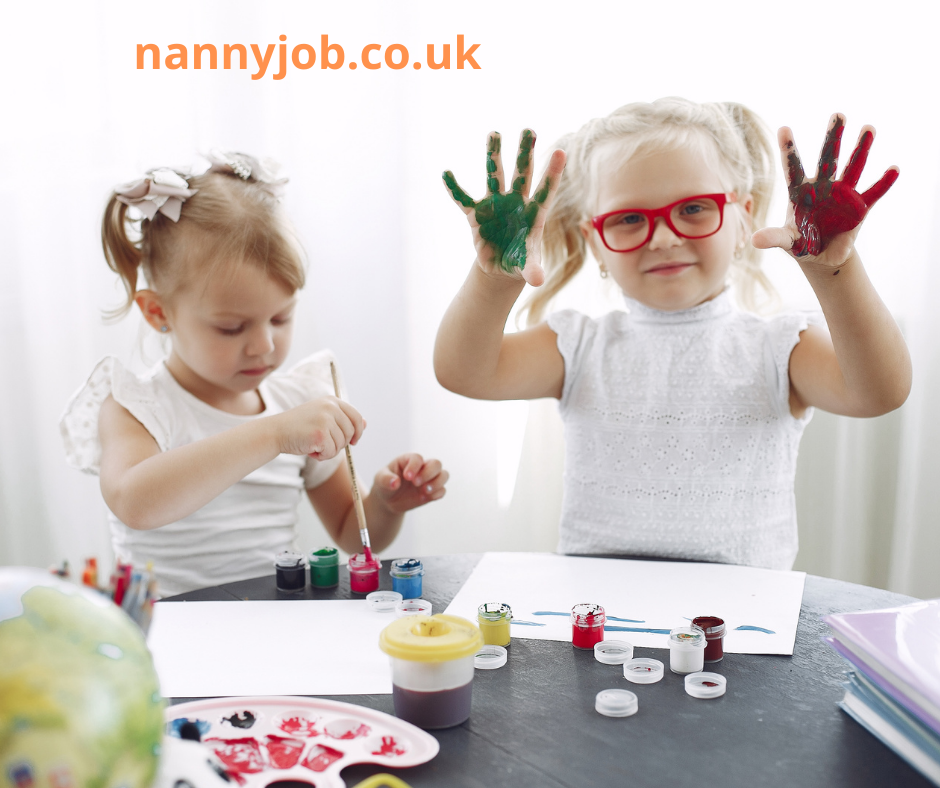
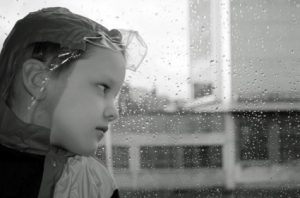 If you’re running out of inspiration then have a look at our 101 ideas!
If you’re running out of inspiration then have a look at our 101 ideas!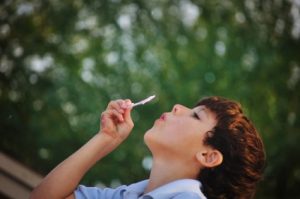 Messy play
Messy play